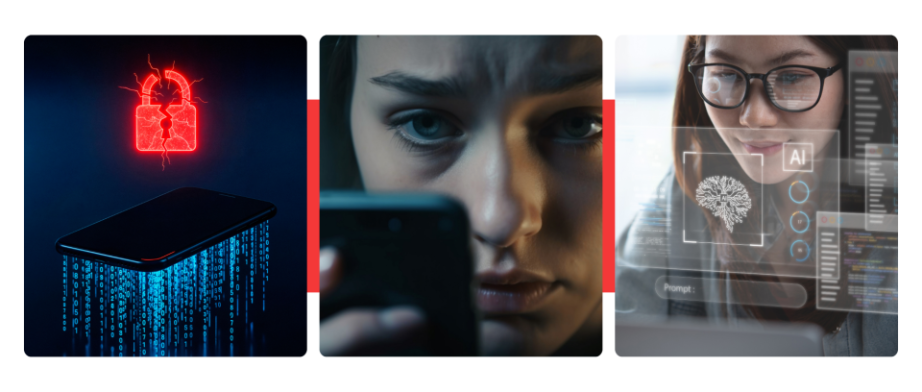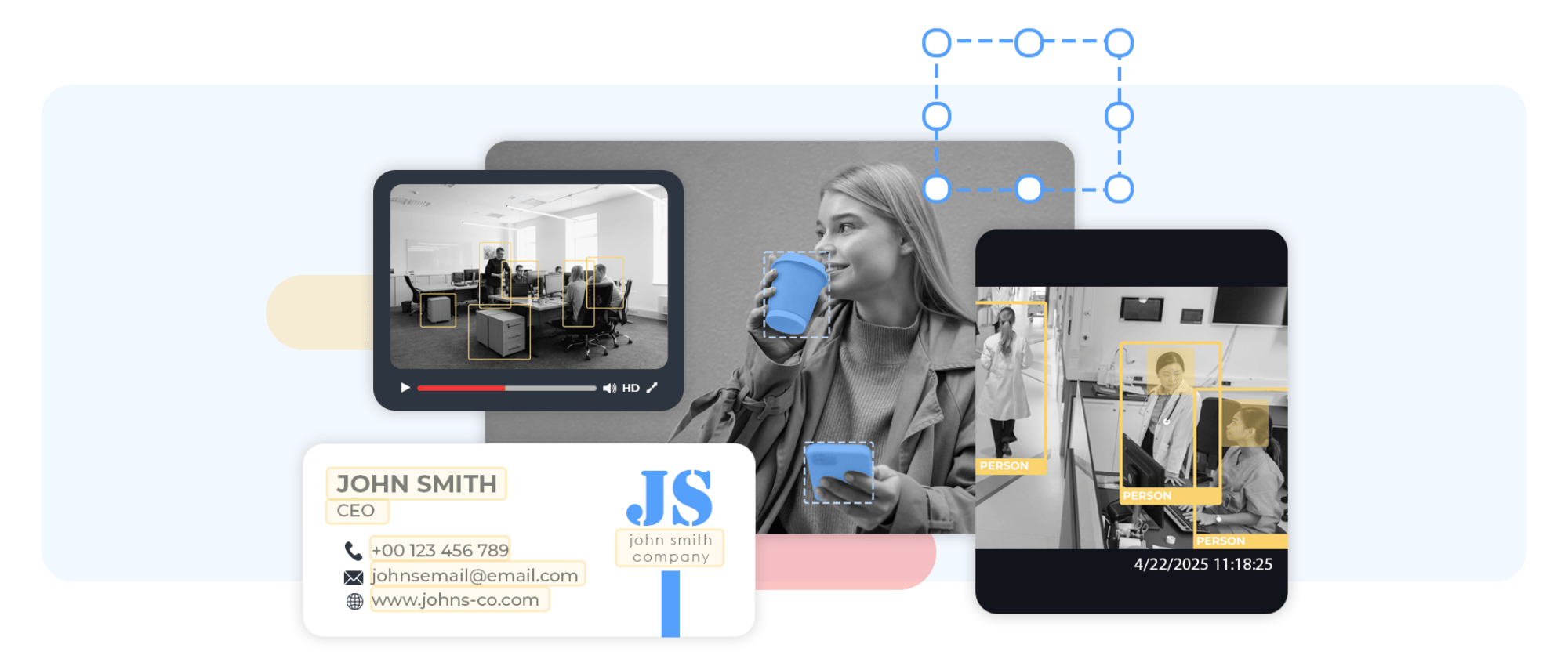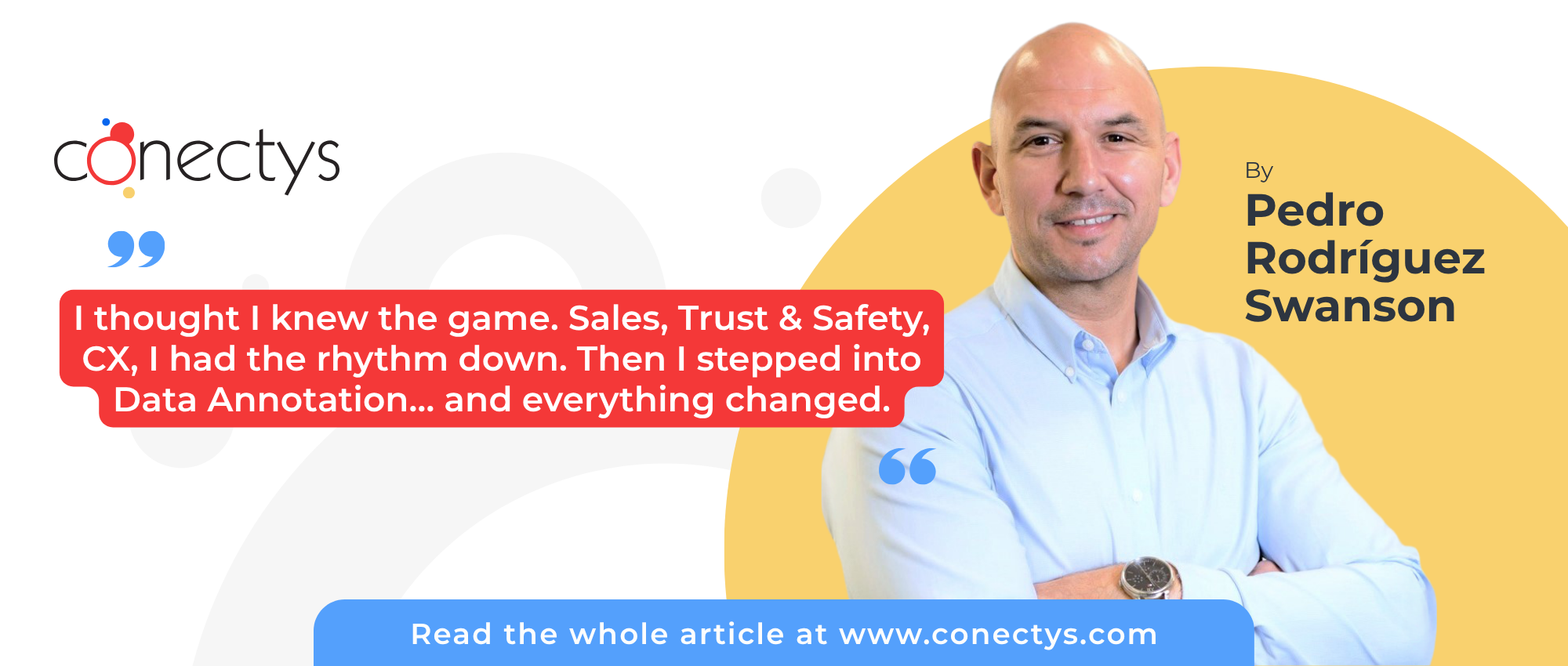We started this sequence last week with a post on the connotations of “contact center” vs. “call center” and the ways that they’re changing, and now we want to go more in-depth into some of those ways.
Mobile-first and app-driven
We know about the rise of mobile over the last decade or so — more people on Earth currently have a mobile phone than have access to a running toilet — but COVID-19 also sparked new mobile revolutions, i.e. mobile gaming because people were stuck inside for so long (and in waves). As such, contact centers need to evolve to be perceived as mobile-first. Obviously, a customer may call you from a phone, and that’s one of the basic interactions of customer experience, but by “mobile-first” in this context, we mean adept at working with the mobile ecosystem, meaning that lines of business may no longer just be “Phone, Chat, EMail” or, if those remain the LOBs, the “chat” function will expand to include apps like WhatsApp, Facebook Messenger, Twitter DMs, WeChat, LINE, Telegram, and more.
Contact centers are no longer about picking up a phone and attempting to resolve that call within the first interaction — now the ecosystem of interactions is much deeper, more varied, and across different platforms, although all of these platforms are mobile-rooted.
Digitally-driven
This idea of “digital transformation” has become a buzzword to some, but it’s very real in terms of what’s happening in companies around strategy and cost containment. Technologies like Natural Language Processing, Artificial Intelligence, Robotic Process Automation, and chatbots are no longer experimental or on the bleeding edge. These technologies have the potential to decrease cost, reduce (human) error, and increase agility, and flexibility to better absorb seasonality and other predictable and unpredictable work volume fluctuations.
Four ways that contact centers are changing in 2021 and beyond
That’s a big reason why, in late 2019 and into 2020, we started building out a team of digital consultants that work with clients (and prospects) on overall strategy, implementation, ramp-up, and presenting of the digital tools to stakeholders inside client companies. A contact center doesn’t succeed unless its clients succeed along with core KPIs, and these digital transformation elements have a remarkable ability to push KPIs in the right direction while maintaining scale and not inflating cost. We wanted to be at the forefront of that delivery.
As for what exactly “digitally-driven” or “digital transformation” does mean, we generally believe there are seven core ways to consider the idea:
- Data and analytics: Sensors, customer transactions, apps, AI platforms, or other sources of data. Data is the new oil. If you don’t have data, you cannot really compete in modern business.
- Customer experience: This means end-to-end, omnichannel CX. What are the different ways a customer can engage with you? What platforms? What channels? How are they treated on each channel? We’d also argue, as we did in this white paper, that a customer experience or support team needs to interact with the foundational silos of a business, i.e. product, marketing, and sales.
- Innovation: This one goes without much discussion needed, except to say that post-COVID revenue model pivots will be interesting to observe from an innovation perspective.
- Tech Stack: What are you using internally and what are you using that faces customers? And who are you working with to make sure it’s being used right?
Upgraded systems/processes: In order to “digitally transform” your business, your processes (internally, with employees and contractors) need to reflect a new way of doing business and embrace the tech stack. Externally, you need to make sure your systems are easy and intuitive to use. - Up-skilling and reskilling: What do your workers need to know to remain relevant and competitive in terms of where your business is heading? Do you need to bring in outside expertise to buffer what you have among your employees? Where are the skill gaps and knowledge gaps? Does Martha in HR not know how to access the cloud?
- Leadership and culture: Sometimes companies try to “digitally transform,” but their culture remains very old-school and manual, and focused on seat time, paper copies, on-site storage, and all that. Your culture and how your leaders discuss the work need to change as you become more digitally integrated.
Phrased more simply another way: The Fourth Industrial Revolution is here.
Facility expansion
This is the element of contact center expectation that hasn’t changed as much in the last few years. Companies want global-scale because that means user adoption is skyrocketing, and it helps with cost modeling. Global-scale is a complicated mixture of the right people, the right strategy, the right languages, the right locations, the right time zones, and more.
Thankfully for Conectys, this has been our approach for over a decade and a half. We doubled down on physical expansion in the past year, bolstering our facility in Turkey, expanding our Poland location, and will soon be opening two new Philippines facilities, all good things considering we doubled our headcount from 1,500 to just shy of 3,000. Our goal is to make sure clients’ needs are met all over the world, at all times, with a multilingual and strategic approach.
Four ways that contact centers are changing in 2021 and beyond
As you expand facilities, you want a fresh new look on them as well. Make sure that safety is a pre-eminent concern relative to COVID, but also design for color and interaction.
The changing face of the contract
Another evolution in contact centers is the mutating contract between the contact center provider and the end client. Contracts were evolving anyway, but COVID-19 moved all that into hyperdrive. The biggest trends we see are:
- Agility, and the need for speed and flexibility: Injecting targets for fast up and downscaling of operations, for flexibly reallocating staff to other client tasks or other clients.
- Security: Since WfH is no longer an option but it’s imposed in many cases, there are stricter data security, data protection, and other security-related measures pre-agreed and documented.
- Liabilities: Nobody likes liabilities, and we see attempts to not only outsource business processes but also outsource risk as much as possible.
- WfH baked in: WfH and WfO are now properly documented in contracts. Home equipment setup, cost of internet connections, acceptable ratios between
- Home and Office work, speed, and flexibility of shifting the emphasis between both models are some of the elements that make it into contracts.
- Automation targets: As noted above, artificial Intelligence, Robotic Process Automation (RPA), Sentiment Analysis, Natural Language Processing, and more are now so real that they are finding their way into BPO contracts, through Systems Integration and Software Development contract additions, sometimes even with agreed automation percentage targets. Why? Obviously, cost savings and efficiency gains, but also increased elasticity and Customer Satisfaction.
- Business continuity through location agility: As a risk mitigation strategy, the ability to dynamically load-balance work between multiple locations, countries and , even continents, is becoming part of the logical structure of contracts. Of course, language and other skills permitting.
The bottom line
Clients now want a different kind of contact center, one that is mobile-first, app-driven, flexible, has a strong tech stack, and has agents capable of working effectively from anywhere if need be, without sacrificing language or subject matter expertise. Contact centers are no longer order-taking offshore factories; they are rapidly emerging as a central business unit that needs to be as technologically advanced as any other part of the business. We keep building that at Conectys, with the appointment of a new CTO, the addition of a dedicated digital team, and more.
If you’d like to learn more about contact center evolution and our thoughts/strategies around a market expected to grow by $76 billion between now and 2024, contact us and let’s talk.















